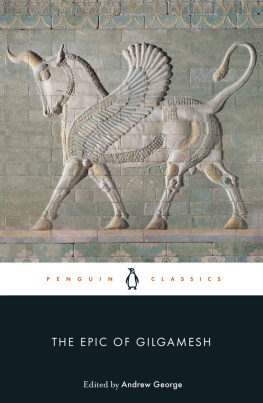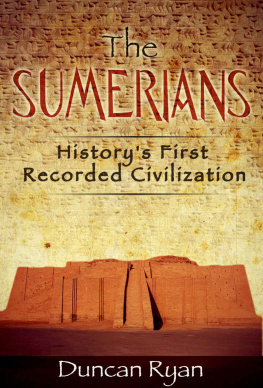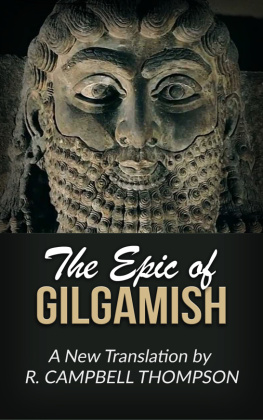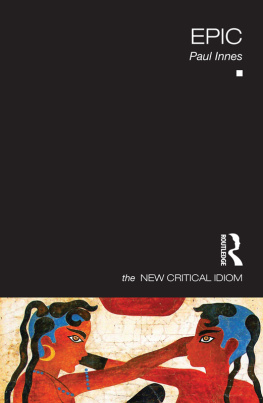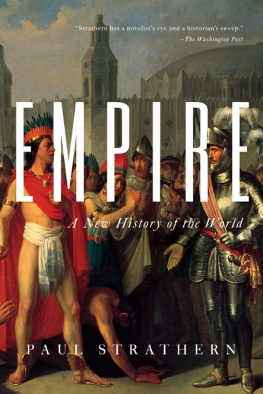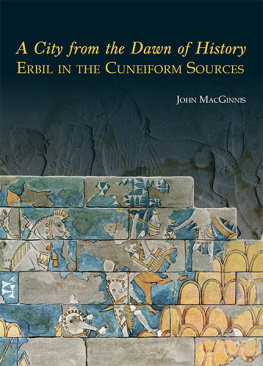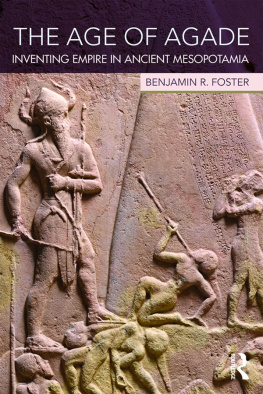Etymological Dictionary of Akkadian
Edited by
Leonid Kogan
Manfred Krebernik
Michael P. Streck
ISBN 9781614513056
e-ISBN (PDF) 9781614512394
e-ISBN (EPUB) 9781501500121
Bibliographic information published by the Deutsche Nationalbibliothek
The Deutsche Nationalbibliothek lists this publication in the Deutsche Nationalbibliografie; detailed bibliographic data are available on the Internet at http://dnb.dnb.de.
2020 Walter de Gruyter GmbH, Berlin/Boston
A. Preface
The idea to create a long-term GermanRussian project dedicated to a comprehensive etymological investigation of Akkadian vocabulary emerged and then crystallized in a series of meetings held by the authors of this Preface during the first decade of the 2000s in and around the library of the Institut fr Assyriologie und Hethitologie, LMU Mnchen. It took about 10 years, however, before this initiative acquired its definitive shape, due not in small part to the efforts of Michael P. Streck (University of Leipzig) who was eager to discuss with us every detail of the original concept, and who kindly agreed to participate in what had become the Etymological Dictionary of Akkadian (EDA).
The final decision was taken one winter evening in 2011, during a dinner in a Kurdish restaurant in Leipzig. It was agreed that a long-term project application would be submitted to the Deutsche Forschungsgemeinschaft (DFG), co-headed by Krebernik and Streck and supported by Kogan. The project would develop along two principal lines: the etymological analysis of the Akkadian vocabulary proper, directed by Krebernik in Jena and cumulating in the EDA volumes, and the updating and correcting of the existing descriptive dictionaries of Akkadian, headed by Streck in Leipzig. The results of the second initiative, from which the EDA has immensely benefited, since its inception up to the present moment, are now published as Supplement to the Akkadian Dictionaries (SAD), authored by Streck and his Leipzig collaborators. Finally, it was agreed that the Eblaite lexical evidence would be analysed as an integral part of the Akkadian vocabulary. For this purpose, a special sub-project within the framework of the Jena branch would be designed, with the purpose of creating an annotated database of the relevant Eblaite materials.
The application, prepared by Krebernik and Streck, was submitted to the Foundation in May 2012, and in December 2012 we were informed that our request was granted. In June 2013, the DFG project KR 1114/10 was inaugurated. It goes without saying that the EDA team is immensely grateful to the DFG authorities and experts for supporting such a major, challenging initiative, with hardly any precedent in the Semitic and Ancient Near Eastern lexicographical undertakings of the recent decades anywhere in the world, and which promised to be a virtual terra incognita in so many respects.
That lexicography has its own pace is a well-known maxim, and it soon became evident that EDA would be no exception. Suffice it to mention that the original estimate of the number of lexical entries beginning with the labials (ca. 405) has been more than doubled (1001) in the final version of this volume. It is hoped, however, that the authors not be too harshly blamed for their inexact initial calculations. Several factors, most of them difficult or impossible to predict, played a role:
the amount of new words emerging from the work of the SAD team in Leipzig proved to be much higher than expected;
the Eblaite material, a comprehensive diachronic assessment of which had never been undertaken before, turned out to be considerably more extensive than one could have expected before the database of relevant attestations was compiled;
careful philological work led to the discovery of scores of forms attributed to known lexemes in the Akkadian dictionaries, but which in fact represent independent, previously unrecognized lexical entities in need of their own in-depth etymological treatment.
From the very beginning, work on the EDA was conceived as fully-fledged teamwork. During the many years of cooperation which have led to the present volume, each participant has inevitably been faced with a variety of linguistic, philological, technical and administrative tasks which are impossible to describe in full. Nevertheless, a brief overview of the main areas of responsibility of the five authors of this volume seems in order here.
Manfred Krebernik (University of Jena), apart from acting as the principal coordinator of the project, designed the general layout of the Dictionary and the patterns after which the various types of lexical entries are organized. He authored numerous lexical entries, particularly those involving philologically difficult and obscure words (including borrowings). He is responsible for the sections of the Introduction dealing with Sumero-Akkadian phonological interaction, final versions of the Eblaite articles, as well as for the general editorial work on the volume during various stages of its preparation.
Leonid Kogan (National Research UniversityHigher School of Economics, Moscow) is primarily responsible for the entries involving Akkadian words with reliable or probable Semitic etymology (including West Semitic loanwords from various periods), as well as for the draft versions of most of the Eblaite entries. Together with Krebernik, he carried out final editorial work on the entire manuscript.
Dr. Oleg Linkohr (University of Jena) prepared the Akkadian segments of articles beginning with p-. He authored most of the articles dedicated to words of Elamite, Kassite, Anatolian, Greek, Indo-Aryan and Old Iranian origin, as well as the early drafts of some Eblaite articles. Much of the editorial work on the final version of the manuscript is due to him, as well as many suggestions pertaining to the general layout of the book. Finally, he assumed a great deal of coordination between the EDA authors and contributors during various stages of its development.
Rim Nurullin, MA (National Research UniversityHigher School of Economics, Moscow) is responsible for the entries with certain or likely Sumerian etymology, which he prepared during his stay in Jena in 20152016. He also authored numerous entries dealing with philologically difficult Akkadian lexemes of various origins, and made innumerable contributions to the final version of the manuscript.
Dr. Olga I. Sk (University of Jena) wrote the articles involving certain or possible Hurrian etymons. She also contributed substantially to a number of articles dealing with philologically difficult Akkadian words. Large segments of the Introduction, particularly those dealing with the general organization of EDA and its articles, are due to her efforts, as well as many painstaking hours of editorial work during different stages of the preparation of the manuscript.
Prof. Dr. Michael Streck (University of Leipzig) invested much of his time, energy and erudition into the DFG proposal documents, decisively contributing to its successful reception. Our warmest thanks go to him for ensuring a steady and fruitful cooperation between the Leipzig and Jena working teams, as well as scores of ingenious suggestions in the field of descriptive Akkadian lexicography.
From 2013 until 2017, Dr. Nadezhda Roudik (University of Gttingen) was a full-time researcher in the framework of the SAD initiative in Leipzig. Her work primarily focused on new Akkadian words beginning with



